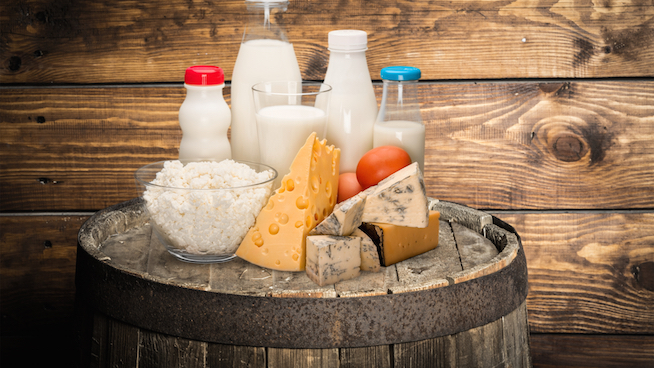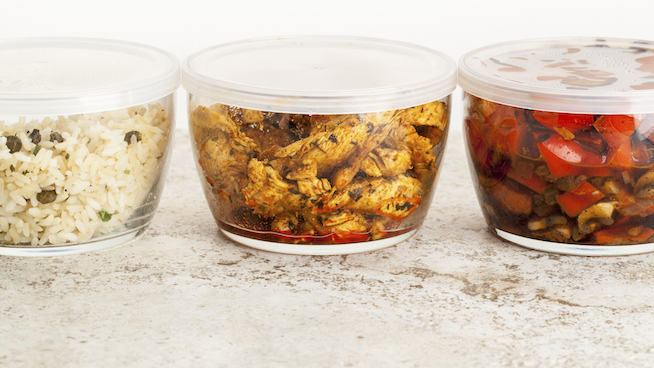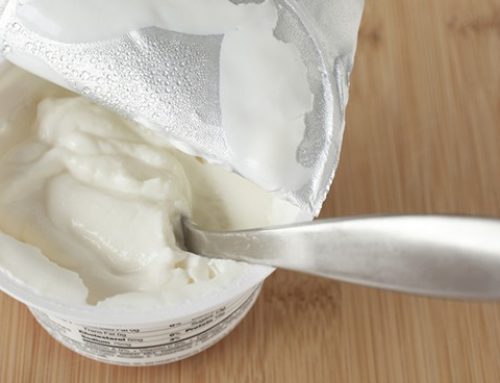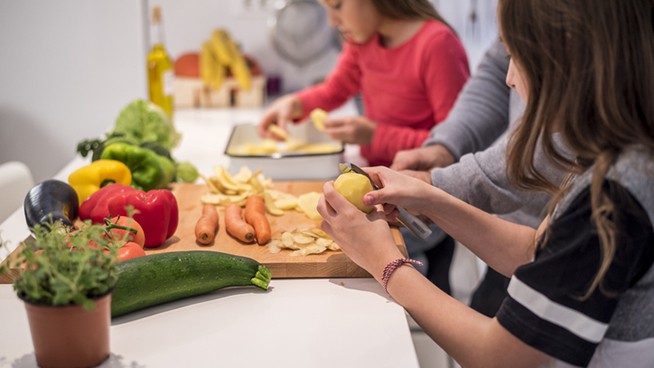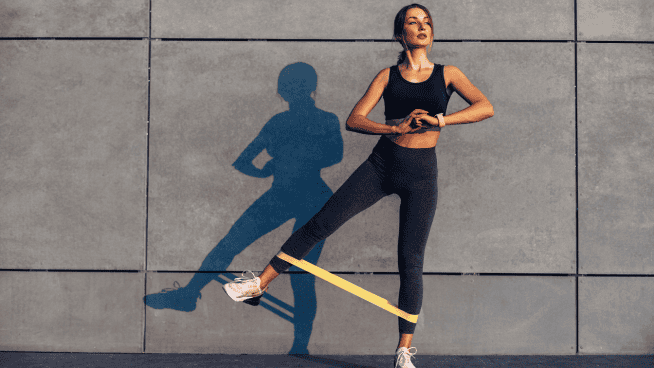How to Control Portions When Increasing Activity Level
Transitioning from the off-season to in-season can be particularly difficult for athletes trying to lose weight or tone up. Even a slight increase in physical activity can cause athletes to eat larger portions at meal time. (Check out the STACK workout page for fitness inspiration.)
This tendency can quickly negate all of the hard work you did in the off-season. Although you’re burning calories during conditioning, they can easily be put back (and more) in one extended table sitting. Refueling your body after a workout is important. But rather than loading up on unnecessary calories, reach for nutrient-dense foods instead of calorically-dense ones. The former help control your appetite and prevent you from going back for seconds. Smaller portions of nutritious foods will tide you over for longer periods of time, while providing you with the fuel you need to sustain your workout routines.
Take charge of your portions in order to prevent overeating, and get the most out of your meals.
Portion Control Tips
Large portion sizes and lack of self-control have been long-standing barriers to achieving physical performance goals. We know all too well about portion distortion and super-sized meals. They have crept in to our everyday existence. So how can we keep tabs on how much we are consuming when we are working towards a specific goal or just maintaining a healthy lifestyle?
Become familiar with serving sizes
At home, use measuring cups when portioning out your food. This will help you get an idea of how much you are actually consuming and allow you to recognize the times when you may be doubling down. (Use common sports equipment to measure: Learn Portion Control.)
Use smaller plates and glasses
Giant plates and drinking glasses have tricked us into thinking that the amounts we are eating and drinking are appropriate. Try eating from a smaller plate, around nine inches in diameter instead of 12. Drink higher-calorie beverages from a smaller glass.
Avoid eating foods straight from the bag or container
When we don’t keep a mindful eye on what we are ingesting, it’s hard to pinpoint how much we are taking in. Pre-portioning our snacks and meals before digging in can help us avoid unconsciously overeating in the long run.
Check in with a registered dietitian
This can be beneficial to your health and help you reach your health-related goals. An RD can assist with meal planning, suggest exercise-fueling foods, offer a nutrition prescription that is right for your individual needs, and much more. Sometimes a little guidance can be beneficial to your health beyond belief.
Photo: managemylife.com
RECOMMENDED FOR YOU
MOST POPULAR
How to Control Portions When Increasing Activity Level
Transitioning from the off-season to in-season can be particularly difficult for athletes trying to lose weight or tone up. Even a slight increase in physical activity can cause athletes to eat larger portions at meal time. (Check out the STACK workout page for fitness inspiration.)
This tendency can quickly negate all of the hard work you did in the off-season. Although you’re burning calories during conditioning, they can easily be put back (and more) in one extended table sitting. Refueling your body after a workout is important. But rather than loading up on unnecessary calories, reach for nutrient-dense foods instead of calorically-dense ones. The former help control your appetite and prevent you from going back for seconds. Smaller portions of nutritious foods will tide you over for longer periods of time, while providing you with the fuel you need to sustain your workout routines.
Take charge of your portions in order to prevent overeating, and get the most out of your meals.
Portion Control Tips
Large portion sizes and lack of self-control have been long-standing barriers to achieving physical performance goals. We know all too well about portion distortion and super-sized meals. They have crept in to our everyday existence. So how can we keep tabs on how much we are consuming when we are working towards a specific goal or just maintaining a healthy lifestyle?
Become familiar with serving sizes
At home, use measuring cups when portioning out your food. This will help you get an idea of how much you are actually consuming and allow you to recognize the times when you may be doubling down. (Use common sports equipment to measure: Learn Portion Control.)
Use smaller plates and glasses
Giant plates and drinking glasses have tricked us into thinking that the amounts we are eating and drinking are appropriate. Try eating from a smaller plate, around nine inches in diameter instead of 12. Drink higher-calorie beverages from a smaller glass.
Avoid eating foods straight from the bag or container
When we don’t keep a mindful eye on what we are ingesting, it’s hard to pinpoint how much we are taking in. Pre-portioning our snacks and meals before digging in can help us avoid unconsciously overeating in the long run.
Check in with a registered dietitian
This can be beneficial to your health and help you reach your health-related goals. An RD can assist with meal planning, suggest exercise-fueling foods, offer a nutrition prescription that is right for your individual needs, and much more. Sometimes a little guidance can be beneficial to your health beyond belief.
Photo: managemylife.com


